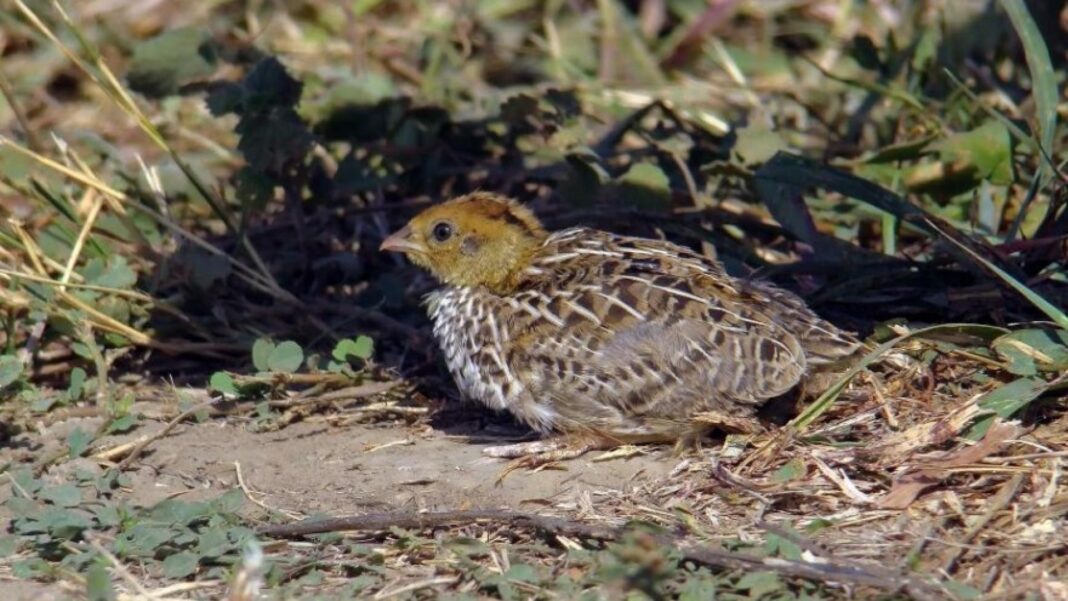Scientists report decline in barn swallow and lark, storks become more
The number of birds in agricultural lands has decreased by 25% in the last 17 years. The trend is the brightest for them, Yordan Hristov from the Bulgarian Society for the Protection of Birds told Monitor. There is a drastic decline in the quail population. It decreased by 66% compared to 2005. The gray bunting is twice less, the village swallow has decreased by 40%, the cuckoo – by 40%, and in the thick-billed lark the decrease is by 85%. It turns out that 20% of the 79 species studied are declining.
At the same time, it turns out that species such as the pheasant, the great white-tailed nettle and the stork are increasing.
“There are different methods for storks. To see the population, the nests are counted every 10 years. Thus, during the last monitoring in 2015, we reported a 20% increase, “said Yordan Hristov.
Surprisingly, in the last 2-3 years, scientists report stabilization in the sparrow population
which occurs in urban environments, although scientists say there are regional differences.
“The field sparrow, which has more specific requirements for the environment it inhabits, is even increasing. In fact, the drastic trends that are being observed worldwide are mainly from Western Europe. There, the negative practices in agriculture are more intense than in our country. But we follow this trend and very soon it will be reflected in our country as well “, explained Hristov.
The trends were reported during the last monitoring, which was carried out during the breeding season in May-June. The bird status index is updated every year.
“This is up-to-date information, but we do not take into account the exact number of birds in the census itself, but trends. It is interesting that the birds that feed on insects rather than seeds are decreasing at a faster rate, ”the expert added. According to him, in order to change the negative trends,
the plowing of grassy areas and the felling must be stopped
of shrubs, which is contraindicated for nature conservation. At the same time, they protect crops from frost.
It is also interesting to note that volunteers have traveled 3,000 km to monitor bird species.
“This equates to the distance from Sofia to Rome and back,” Hristov added.
The index characterizing forest birds, on the other hand, continues to grow, recording an increase of 36% compared to 2005. The latest monitoring points out that this species is closely specialized in old forests.
19 species of birds – generalists
19 species of birds fall into the group of the so-called generalists. They inhabit more than one habitat type. These include the black swift, the common buzzard, the common cuckoo, the periwinkle, the gray crow, the Syrian woodpecker, the barn swallow, the southern nightingale, the house sparrow, the common magpie, the great tit, the dove, the owl, the white-tailed deer, the jackdaw, the little hawk, , Red Cross Swallow, pheasant.
Since 1980: House Sparrows in Europe – 247 million less
House sparrows in Europe are 247 million less than in 1980, and other once ubiquitous bird species have suffered huge declines, according to a global study.
In less than four decades, one in six birds has disappeared – a total of 600 million nesting birds. Among the common species that have disappeared from the sky are the yellow bunting (97 million less), starlings (75 million less) and larks (68 million less).
A study by scientists from RSPB, BirdLife International and the Czech Ornithological Society analyzed data on 378 of the 445 bird species inhabiting the EU and the UK, finding that the total number of nesting birds fell by between 17% and 19% between 1980 and 2017.









